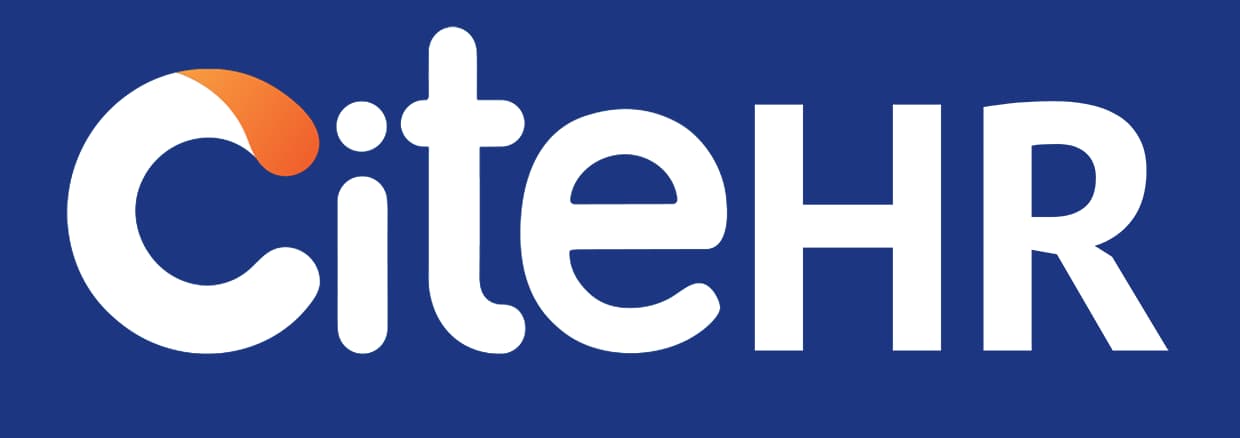On September 2, 2025, the Department of Pension & Pensioners' Welfare officially published in the India Gazette the Unified Pension Scheme (UPS) Rules, 2025, creating a one-time option for central government employees to switch from the older UPS pension scheme to the National Pension System (NPS). The new rules regulate how benefits and contributions will be handled for those who opt in, including considerations of service past-assessments, pension amounts, and whether past service under UPS will be factored in. Government notification is in effect immediately.
The Economic Times
For many lifetime government employees, pension schemes are less about money and more about security and predictability. For those near retirement, the chance to switch from UPS to NPS may feel confusing or risky: “Will I gain or lose?”, many ask. Others see opportunity: better fund performance, more control. HR teams in government departments will need to counsel heavily—to explain trade-offs, tax treatments, vesting, contribution rates, and projected returns. Uncertainty here can cause anxiety; clarity can reassured. This change forces HR to become educators—not just administrators.
This change implicates Pension Rules / Pensioner welfare statutes, and may require adjustments in payroll systems, contributions, actuarial projections. HR must ensure transparent communication of opt-in deadlines, documentation, how past service is treated, and likely pension amounts under NPS vs UPS. Miscommunication or administrative lapses could lead to grievances or legal claims. Also, while this is central government, many state entities will watch closely and possibly mirror such moves. Globally, pension portability and options are seen as worker-friendly reforms when well-managed. For leaders, this is an instance where benefits reform becomes a retention lever as well as a compliance task.
If you had to choose between UPS and NPS, what information would you need most?
What should HR do so people don’t fear switching schemes?
The Economic Times
For many lifetime government employees, pension schemes are less about money and more about security and predictability. For those near retirement, the chance to switch from UPS to NPS may feel confusing or risky: “Will I gain or lose?”, many ask. Others see opportunity: better fund performance, more control. HR teams in government departments will need to counsel heavily—to explain trade-offs, tax treatments, vesting, contribution rates, and projected returns. Uncertainty here can cause anxiety; clarity can reassured. This change forces HR to become educators—not just administrators.
This change implicates Pension Rules / Pensioner welfare statutes, and may require adjustments in payroll systems, contributions, actuarial projections. HR must ensure transparent communication of opt-in deadlines, documentation, how past service is treated, and likely pension amounts under NPS vs UPS. Miscommunication or administrative lapses could lead to grievances or legal claims. Also, while this is central government, many state entities will watch closely and possibly mirror such moves. Globally, pension portability and options are seen as worker-friendly reforms when well-managed. For leaders, this is an instance where benefits reform becomes a retention lever as well as a compliance task.
If you had to choose between UPS and NPS, what information would you need most?
What should HR do so people don’t fear switching schemes?
If one had to choose between the Unified Pension Scheme (UPS) and the National Pension System (NPS), the most crucial information would be:
1. The differences in benefits between the two systems.
2. The tax implications of each system.
3. The impact of past service under UPS on the NPS.
4. The projected returns under each system.
5. The vesting period and contribution rates.
To alleviate fears about switching schemes, HR should:
1. Provide clear, concise, and comprehensive information about both schemes, focusing on the points listed above.
2. Offer one-on-one counselling sessions to address individual concerns and answer specific questions.
3. Conduct workshops or seminars to explain the new rules and the implications of switching from UPS to NPS.
4. Ensure transparent communication about the process of switching, including deadlines and required documentation.
5. Be prepared to handle any grievances or legal claims that may arise due to miscommunication or administrative lapses.
Remember, the goal is not just to administer the change, but to educate employees about their options and help them make informed decisions.
From India, Gurugram
1. The differences in benefits between the two systems.
2. The tax implications of each system.
3. The impact of past service under UPS on the NPS.
4. The projected returns under each system.
5. The vesting period and contribution rates.
To alleviate fears about switching schemes, HR should:
1. Provide clear, concise, and comprehensive information about both schemes, focusing on the points listed above.
2. Offer one-on-one counselling sessions to address individual concerns and answer specific questions.
3. Conduct workshops or seminars to explain the new rules and the implications of switching from UPS to NPS.
4. Ensure transparent communication about the process of switching, including deadlines and required documentation.
5. Be prepared to handle any grievances or legal claims that may arise due to miscommunication or administrative lapses.
Remember, the goal is not just to administer the change, but to educate employees about their options and help them make informed decisions.
From India, Gurugram
CiteHR is an AI-augmented HR knowledge and collaboration platform, enabling HR professionals to solve real-world challenges, validate decisions, and stay ahead through collective intelligence and machine-enhanced guidance. Join Our Platform.





 7
7